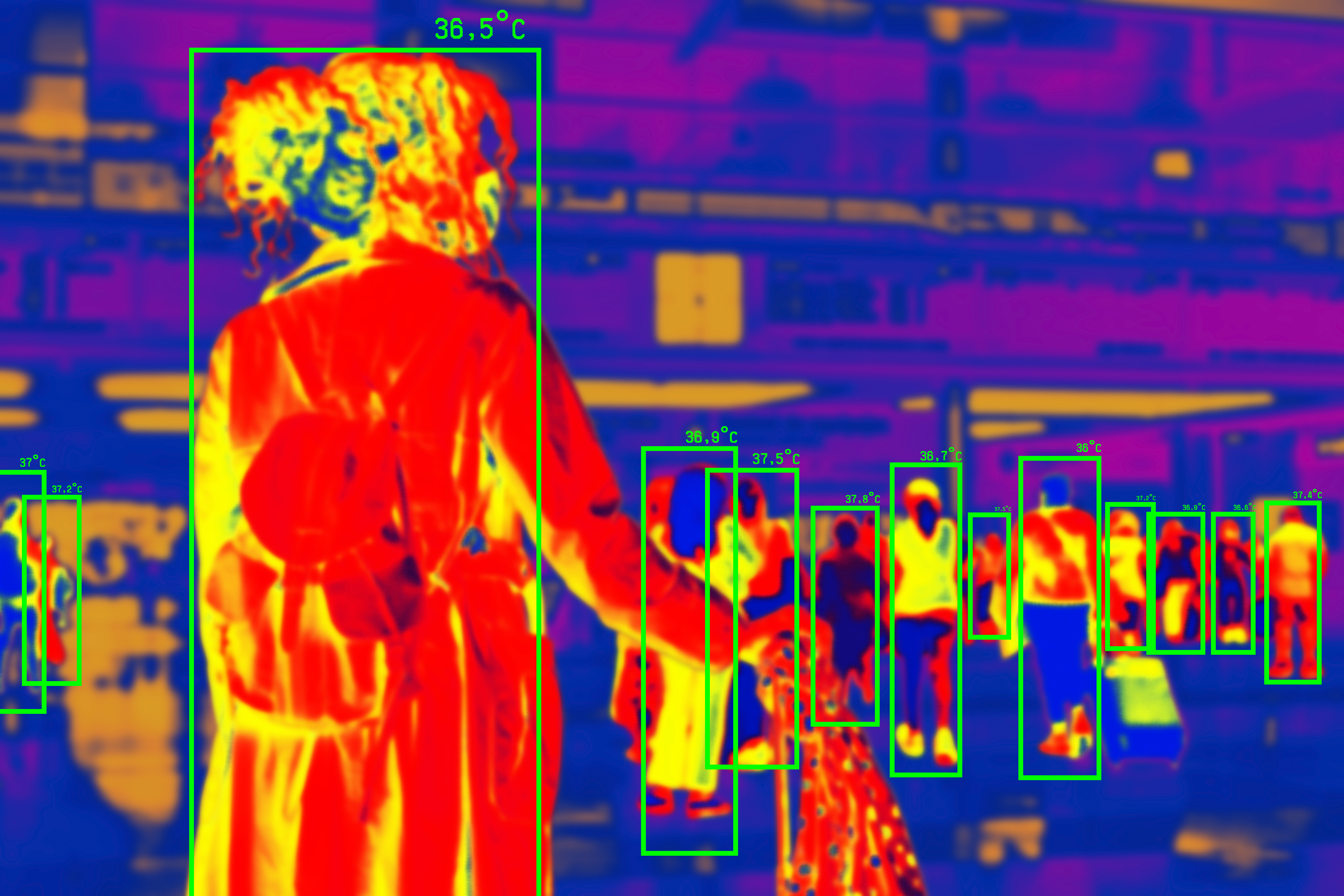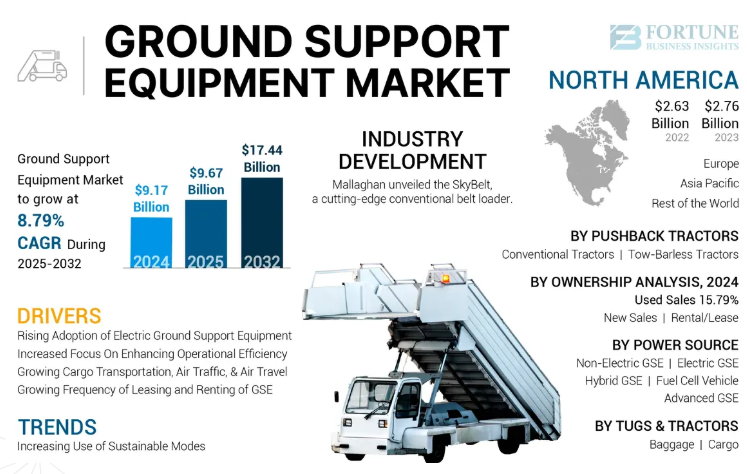Aircraft Sensors Market: Key Players 2024

Strong 8k brings an ultra-HD IPTV experience to your living room and your pocket.
In 2019, the global aircraft sensors market was valued at USD 2.23 billion and is projected to reach USD 12.97 billion by 2032, reflecting a robust CAGR of 14.50% throughout the forecast period. North America led the market, accounting for 39.91% of the global share in 2019.
The aircraft sensors market has witnessed significant growth in recent years, driven by advancements in sensor technology and increased demand for next-generation aircraft. Sensors are integral to monitoring, controlling, and optimizing aircraft systems, ensuring safety, performance, and efficiency. This article explores key players, segmentation, industry analysis, and the primary growth drivers shaping this market.
Key Players in the Aircraft Sensors Market
Several companies are driving innovation and competition in the aircraft sensors market. The major players include:
Honeywell International, Inc. (The U.S.)
Ametek, Inc. (The U.S.)
General Electric Company (The U.S.)
Meggitt PLC (The U.K.)
Safran S.A. (France)
Woodward Inc. (The U.S.)
Thales Group (France)
Zodiac Aerospace (France)
Curtiss-Wright Corporation (The U.S.)
Schneider Electric SE (France)
General Atomics Corporation (The U.S.)
The Raytheon Company (The U.S.)
TE Connectivity (Switzerland)
Lockheed Martin Corporation (The U.S.)
Information Source:
https://www.fortunebusinessinsights.com/industry-reports/aircraft-sensors-market-101816
Market Segmentation
The aircraft sensors market can be segmented based on various factors, such as sensor type, application, platform, end-user, and region.
By Sensor Type:
Pressure Sensors: Used for cabin pressure, hydraulic systems, and fuel systems.
Temperature Sensors: Monitor engine, environmental control systems, and avionics.
Proximity Sensors: Detect the presence of objects, used in landing gear and control systems.
Flow Sensors: Monitor fuel, air, and hydraulic fluid flow.
Position Sensors: Ensure accurate control and navigation through motion detection.
Others: Including speed, level, and accelerometer sensors.
By Application:
Flight Control Systems: Sensors for monitoring aircraft movement and stability.
Engine Health Monitoring: Sensors for real-time data on engine performance and condition.
Landing Gear Systems: Proximity and pressure sensors for landing operations.
Environmental Control Systems: Temperature and humidity sensors for cabin and system management.
Others: Sensors used in avionics, navigation, and fuel management.
By Platform:
Commercial Aviation: Sensors used in passenger and cargo aircraft.
Military Aviation: Sensors in fighter jets, helicopters, and unmanned aerial vehicles (UAVs).
Business Jets: High-performance sensors for luxury and executive jets.
By End-user:
OEMs (Original Equipment Manufacturers): Aircraft manufacturers that integrate sensors during production.
Aftermarket: Replacement sensors and upgrades for existing aircraft.
By Region:
North America: The largest market due to high defense expenditure and presence of key manufacturers.
Europe: Strong demand from commercial and defense sectors.
Asia-Pacific: Fastest-growing region driven by rising air travel and increasing military investments.
Rest of the World (RoW): Steady growth in the Middle East and Africa, driven by defense modernization.
Industry Analysis
The aircraft sensors market is highly competitive and characterized by rapid technological advancements. With increasing demand for more efficient and safer aircraft, sensor manufacturers are focusing on developing innovative, lightweight, and high-precision sensors. Key trends include the adoption of Internet of Things (IoT) in aviation, leading to the integration of smart sensors for real-time data collection and monitoring.
The development of next-generation aircraft, such as electric and hybrid-electric aircraft, is further driving sensor innovations. These aircraft require sophisticated sensor systems to monitor performance, battery health, and flight dynamics.
In addition, the growth of Unmanned Aerial Vehicles (UAVs) has opened up new avenues for sensor applications. UAVs rely heavily on sensors for navigation, collision avoidance, and environmental monitoring.
The market is also seeing a shift toward predictive maintenance, where sensors are used to monitor the health of critical aircraft components, helping airlines reduce unscheduled downtime and improve operational efficiency.
Growth Drivers
Several key factors are driving the growth of the aircraft sensors market:
Rising Demand for Aircraft: The increasing air travel demand, especially in emerging economies, has led to a surge in aircraft production. This, in turn, drives the need for advanced sensor systems to ensure safe and efficient operations.
Technological Advancements: Advancements in sensor technology, including miniaturization, wireless capabilities, and increased accuracy, have significantly boosted market growth. The integration of IoT and smart sensors into aircraft systems enhances performance and operational reliability.
Stringent Safety Regulations: Governments and aviation authorities worldwide have implemented stringent safety regulations, requiring aircraft to be equipped with advanced sensors for monitoring critical systems. This has created a steady demand for sensor upgrades and replacements.
Military Modernization Programs: Military forces across the globe are investing in modern aircraft and upgrading their existing fleets. Sensors play a crucial role in improving the capabilities of military aircraft, driving demand in the defense sector.
Increased Focus on Predictive Maintenance: Airlines are increasingly adopting predictive maintenance solutions to minimize downtime and reduce operational costs. Sensors are at the core of these systems, enabling real-time monitoring of aircraft components.
Growth of UAVs: The expanding use of UAVs in both military and commercial applications has led to a growing demand for sophisticated sensors to enhance their performance and reliability.
Conclusion
The aircraft sensors market is poised for robust growth, driven by technological advancements, increasing demand for next-generation aircraft, and the need for enhanced safety and operational efficiency. As the aerospace industry continues to evolve, sensor manufacturers are expected to play a pivotal role in shaping the future of aviation.
With innovations in IoT, predictive maintenance, and UAV technologies, the market will offer ample opportunities for key players to expand their product portfolios and meet the growing needs of both commercial and military aviation sectors.
Note: IndiBlogHub features both user-submitted and editorial content. We do not verify third-party contributions. Read our Disclaimer and Privacy Policyfor details.







